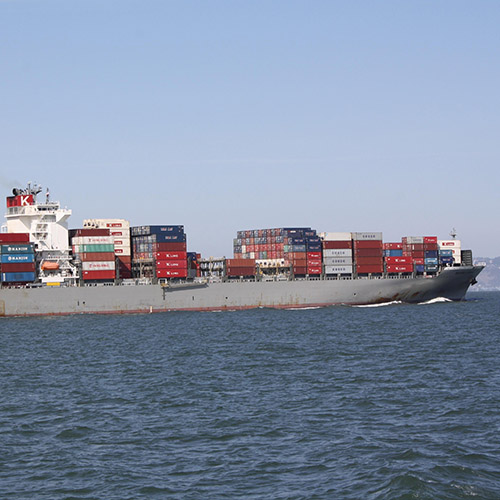The main content of the international freight forwarding business is the loading and unloading of import and export goods, including the agency's provision of various transportation methods, warehousing methods and packaging methods. Based on the nature, weight, volume and value of the goods, choose the most appropriate transportation method and bear the corresponding transportation risks.
International freight forwarders generally provide packaging services because goods must be transported multiple times during international trade and may be damaged during transportation. It is for these reasons that packaging is very important to ensure that your goods reach their destination safely. The goods are usually wrapped in wooden boxes or cartons, and the agent will pack the goods and put them into the container. If the quantity of goods is small, it may be transported by express delivery.

Generally speaking, the packaging work of international freight forwarders will include three basic steps:
The first step is to package the goods. The purpose of outer packaging is to protect the goods from the impact of the external environment, such as climate change, moisture, rain, etc. Generally speaking, using wooden boxes or cartons as outer packaging materials can complete the outer packaging work.
The second step is to inner-pack the goods. The purpose of the inner packaging is to protect the goods from the external environment, such as impact, bending, shearing, etc. Commonly used inner packaging materials include foam, wind glue, kapok, sponge, cotton cloth and artificial leather.
The final step is to label the goods. The marking work is designed to facilitate participants engaged in international trade to quickly and accurately identify goods, so that corresponding information can be found even under complex customs supervision systems. Identification work is usually implemented using tags or lists.
Afterwards, the agent will transport the container to the port, and the shipping company will transport it to the destination. Typically, shipping companies require customers to insure containers. Once the container arrives at the destination port, it is delivered to local customs.
Finally, local customs will inspect the shipment and deliver it to the recipient. If a problem arises, the international freight forwarder will assist with the matter.






